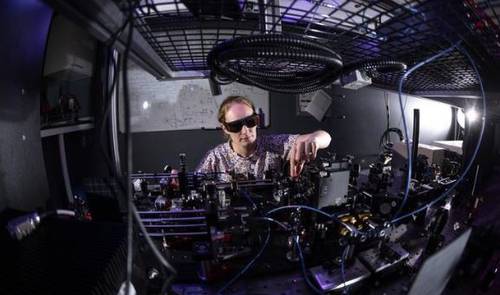In recent years, a team of researchers at SHTP Labs in Ho Chi Minh City have been working on a groundbreaking product that could revolutionize physical therapy for individuals with strokes and leg injuries. The robot skeleton, also known as an exoskeleton, is designed to mimic the human leg and provide comprehensive training for the entire leg.
The idea for the robot skeleton was inspired by a gap in the market where existing products only targeted specific leg joints and failed to provide holistic training. With the robot skeleton, patients can experience walking on their feet, engage their leg muscles for better recovery, and maintain balance while moving on the ground.
Made primarily of aluminum material, the skeleton is adjustable in height to accommodate various users. It features electric motors at the joints with the capacity to support different exercise intensities. The power source for the robot skeleton includes lithium batteries, and the system is equipped with an emergency stop button for user safety during exercise.
The research team has also developed training management software to monitor users’ progress through data analysis. They plan to collaborate with a rehabilitation hospital for testing and optimization of the system before commercialization.
Dr. Le Hoai Quoc, Chairman of the Ho Chi Minh City Automation Association, emphasized the importance of thorough testing with patients and medical professionals to ensure the effectiveness and practicality of the product. He highlighted the complexity of designing an exoskeleton for leg rehabilitation and the need for precise calculations based on individual physical conditions.
While still in its early stages, this innovative technology has shown promising results and has potential applications beyond physical therapy. As such, further testing and optimization are necessary before it can be commercialized successfully.
The collaboration between scientists, medical professionals, and rehabilitation experts is crucial for successfully applying such innovative technology in healthcare fields worldwide.
In conclusion, SHTP Labs’ work on this groundbreaking robot skeleton is still in its early stages but holds immense potential in revolutionizing physical therapy for stroke victims and those with leg injuries by providing comprehensive training that engages all leg muscles while maintaining balance on uneven terrain.


.jpg?height=635&t=1717099726&width=1200)
